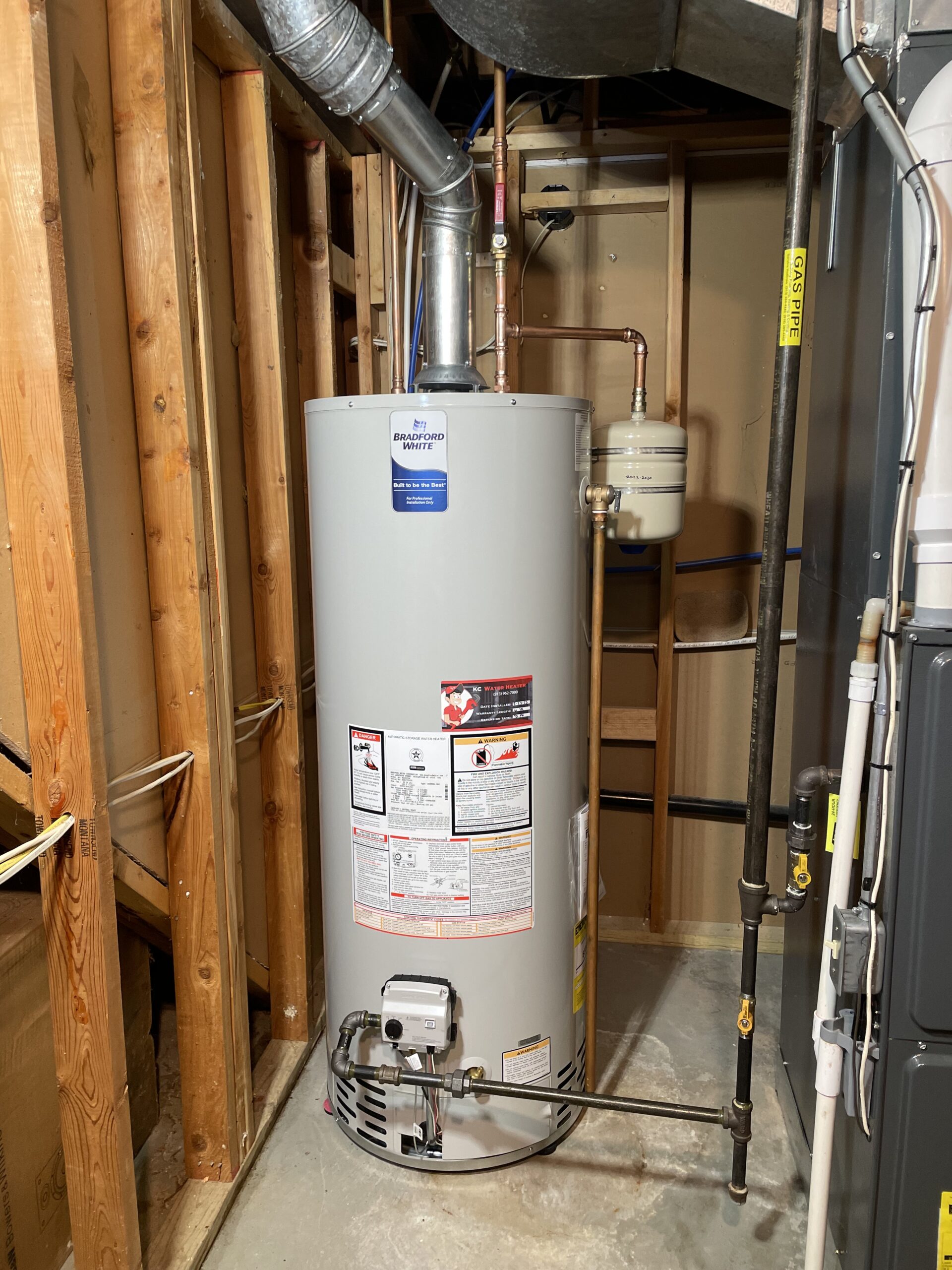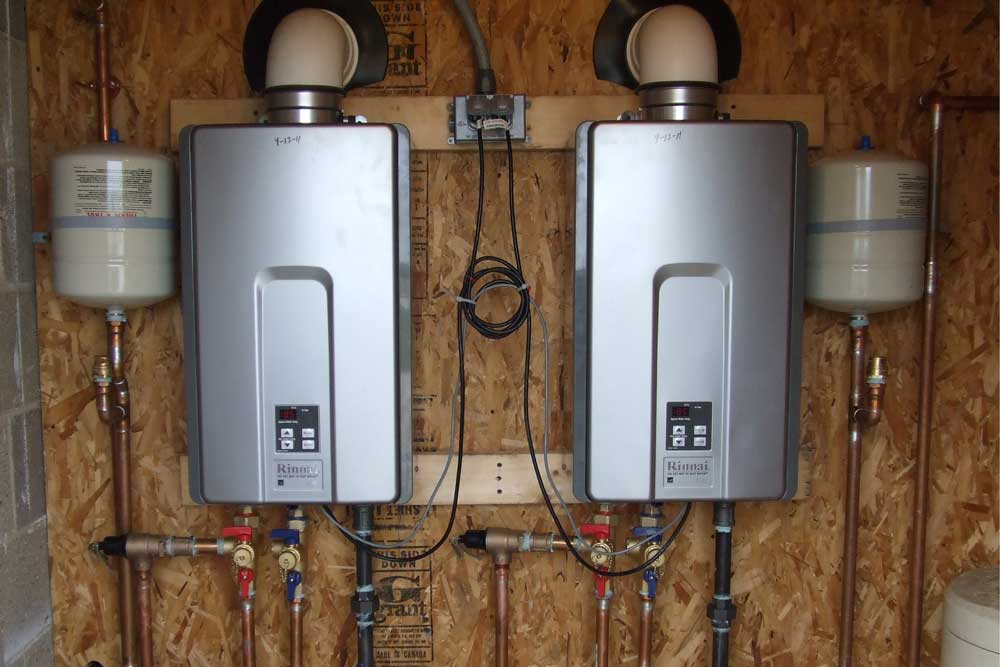What to Maintain Your Home's Hot Water System ProperlyImportant Advice on Maintaining Your Home's Hot Water System
Contact Us TodayHere below yow will discover a lot of high-quality insights when it comes to Tips on Maintaining a Water Heater.

Warm water is vital for everyday comfort, whether it's for a refreshing shower or cleaning recipes. To guarantee your warm water system runs effectively and lasts much longer, routine maintenance is key. This article provides sensible ideas and understandings on just how to preserve your home's hot water system to avoid disruptions and pricey fixings.
Intro
Preserving your home's hot water system could seem complicated, however with a few easy steps, you can guarantee it runs efficiently for many years to come. This overview covers every little thing from understanding your warm water system to do it yourself maintenance tips and recognizing when to hire specialist help.
Relevance of Keeping Your Warm Water System
Routine maintenance not just prolongs the lifespan of your warm water system but additionally guarantees it runs effectively. Neglecting maintenance can cause lowered effectiveness, higher power expenses, and even early failure of the system.
Indicators Your Warm Water System Needs Upkeep
Understanding when your hot water system requires interest can prevent significant issues. Look out for signs such as inconsistent water temperature, weird sounds from the heater, or rustic water.
Comprehending Your Warm Water System
Prior to diving into upkeep tasks, it's handy to recognize the fundamental parts of your hot water system. Commonly, this consists of the water heater itself, pipelines, anode rods, and temperature level controls.
Month-to-month Maintenance Tasks
Regular month-to-month checks can aid capture minor issues prior to they rise.
Flushing the Hot Water Heater
Flushing your hot water heater eliminates debris buildup, enhancing effectiveness and lengthening its life.
Checking and Changing Anode Rods
Anode rods avoid deterioration inside the storage tank. Checking and changing them when worn out is important.
Checking and Adjusting Temperature Setups
Readjusting the temperature level settings makes sure optimal efficiency and safety and security.
DIY Tips for Upkeep
You can execute several maintenance jobs on your own to maintain your hot water system in leading problem.
Looking for Leakages
Consistently inspect pipes and connections for leaks, as these can cause water damage and higher bills.
Evaluating Stress Alleviation Valves
Examining the stress relief valve guarantees it works correctly and stops extreme stress accumulation.
Protecting Pipes
Insulating warm water pipelines minimizes heat loss and can save power.
When to Call a Specialist
While DIY maintenance is valuable, some concerns need professional competence.
Complicated Issues Requiring Professional Assistance
Examples include major leakages, electric issues, or if your hot water heater is consistently underperforming.
Routine Expert Maintenance Benefits
Professional upkeep can consist of complete evaluations, tune-ups, and making certain conformity with security requirements.
Final thought
Regular maintenance of your home's hot water system is essential for performance, durability, and cost financial savings. By complying with these tips and understanding when to seek specialist assistance, you can guarantee a trusted supply of hot water without unexpected interruptions.
Water Heater Maintenance Tips
Test the TPR Valve
Shut off the power and the cold-water supply valve. Place a bucket under the pipe connected to the temperature-pressure-release (TPR) valve on the top or side of the tank. (This valve opens if the tank pressure gets too high.) Lift the valve’s tab to let some water out, then let go. If water keeps flowing, drain the tank partway, unscrew the old valve with a pipe wrench, and install a new one. Check the Anode Rod
Put a hose to the tank’s drain cock and let out a few gallons of water. Now fit a 1 1/16-inch socket onto the rod’s hex head on top of the heater (or under its top plate) and unscrew the rod. If it’s less than ½ inch thick or coated with calcium, buy a new one, wrap its threads with Teflon tape, put it back in the tank, and tighten securely. Use this segmented rod if headroom above the tank is limited. Drain the Tank and Wash Out Sediment
Drain the remaining water in the tank into the bucket, then stir up the sediment on the tank’s bottom by briefly opening the cold-water supply valve. Drain and repeat until clean water comes out of the hose. Close the drain cock, refill the tank, and turn its power back on. Adjust the Temperature
Find the temperature dial on the side of the tank and unscrew its cover. Adjust the dial to 120 degrees using a flathead screwdriver. For every 10 degrees the temperature is lowered, you can expect to save up to 5 percent in energy costs. Turn the water heater off or the thermostat down to its lowest setting if you plan to be away from home for more than three days. Insulate the Pipes
Buy some self-sticking 3/8-inch-thick foam pipe insulation that matches the pipes’ diameter. Slide the foam over the hot-and cold-water pipes as far as you can reach. Insulating the cold-water pipe prevents condensation in summer. Peel the tape and squeeze the insulation closed. If the pipe is 6 inches or less from the flue, cover it with 1-inch-thick unfaced fiberglass pipe wrap. https://www.thisoldhouse.com/plumbing/21016402/how-to-maintain-a-water-heater

As a serious person who reads on Tips For Maintaining Your Hot Water Heater, I assumed sharing that excerpt was worthwhile. Sharing is nice. Helping others is fun. Thanks a lot for being here. Kindly visit our blog back soon.
Call Today